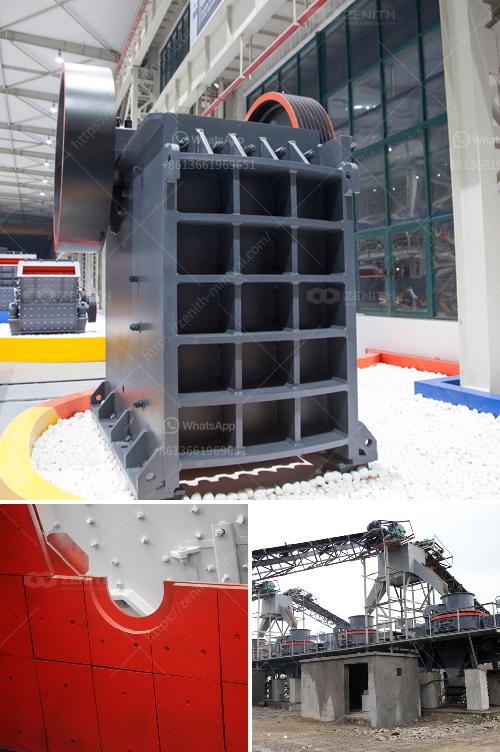A sand washing machine works by using water and mechanical agitation to clean sand and remove unwanted materials such as clay, silt, and other impurities. Here's a general overview of how it operates:
Feeding: Raw sand is fed into the washing machine. This can be done through a conveyor belt, hopper, or other feeding mechanism.
Cleaning: The sand enters a cylindrical or cylindrical-conical rotating drum, or in some designs, a spiral classifier or wheel bucket. Inside, there are spraying nozzles that release high-pressure water jets to wash the sand.
Agitation/Screening: The sand is agitated by the rotation of the drum or via paddles, and the water helps to remove the impurities. In the case of a spiral classifier, the spiral mechanism stirs up the sand, allowing the lighter impurities to be carried away by the water.
Separation: Clean sand settles at the bottom due to its higher density, while the dirty water containing lighter particles and impurities is discharged out of the machine.
Draining: The cleaned sand is then conveyed to a dewatering screen where excess water is removed, leaving the cleaned, dryer sand ready for use.
Discharge: Finally, the cleaned sand is discharged from the machine through an outlet for collection and further use.
Different models and designs may include additional features like vibrating screens, hydrocyclones, or additional stages of washing to achieve finer levels of cleanliness.
